The Mumps virus (Paramyxovirus parotitis) is distributed worldwide in only one single basic form (serotype) and occurs exclusively in humans. It is the causative agent of mumps (also called goat peter, Bauernwetzel or booby).
What is the mumps virus?
The mumps virus was first propagated and structured in hatched chicken eggs in 1945. The mumps virus is surrounded by a lipid-containing shell. It is a single stranded RNA virus with a spiral capsule. This unusual structure makes the virus particularly sensitive to mild soaps and dehydration.
So far, some genetically slightly different subtypes of the mumps virus have been found, but this is of no importance for the disease and serological response. Several natural and bred strains of the mumps virus are used in a weakened form as live vaccines.
The mumps infection breaks out almost exclusively in childhood and usually leads to lifelong immunity to the disease. However, a single vaccination does not have to protect against mumps for all time.
Occurrence, Distribution & Properties
The mumps viruses are differentiated according to the current nomenclature according to genotypes A to N. The main distribution area of types A, C, D, G and H is the western hemisphere, that of the other types the Asian and Pacific region. In Germany, mumps was recently mainly caused by the genotype G, which occurs more and more worldwide. However, the disease is very rarely fatal, as the virus has adapted very firmly to humans as its so-called reservoir host.
The viral infection mumps is characterized by painful swelling of the salivary glands on the ear. Due to a build-up of fluid on the side of the earlobes, the ears appear to stick out and the cheeks on the face look inflated.
The disease most commonly affects children between the ages of two and 15. But since vaccination against mumps has been carried out across the board, the number of diseases in Germany has fallen sharply. The infections can occur all year round, but are mostly concentrated in winter and spring. One disease was found in 125,000 inhabitants.
Mumps is transmitted to children's toys through droplet infection, direct contact with the mucous membrane or occasionally saliva. The virus can also be found in urine and breast milk.
Illnesses & ailments
Mumps viruses usually have an incubation period of 16 to 18 days. In some cases, it can extend up to 25 days. There is a risk of infection about seven days before and nine days after the typical swelling of the salivary gland becomes visible. Around a third of all infections with mumps show few or no symptoms. In children under five, mumps is often mistaken for a common cold in milder cases.
The disease is mostly, but not always, associated with fever. Inflammation of the parotid gland in mumps often begins on one side and then can spread to both sides. Children report the characteristic pain when chewing, in the ears and when turning the head.
The inflammation of the parotid gland may spread to other salivary glands. In rare cases, the pancreas can also be affected. The consequences of this are vomiting and very fatty diarrhea. On its own, however, mumps is hardly associated with major complications, especially not in childhood. As you get older, symptoms can be more severe. After seven to ten days, the disease usually subsides on its own and then goes away soon.
Far-reaching consequences can occur when mumps viruses migrate and sometimes attack organs and organ systems that are far away. In not a few cases, mumps also worsens into meningitis (meningitis). This can almost always be observed in adulthood. The infection can extend even further to the equilibrium nerve. As this progresses, there is a risk of inner ear hearing loss or even deafness.
Furthermore, inflammation of the testicle may occur, also here mostly in adulthood. This very painful condition can last three to four days and cause noticeable swelling of the testicles. Occurrence on both sides leads to infertility in an emergency.
When the mumps virus spreads, girls and women often suffer from ovarian inflammation, which, however, often disappears after a week. The mumps virus very rarely leads to secondary diseases such as encephalitis, inflammation of the thyroid gland, the iris, the heart muscle and the kidneys.
The mumps virus cannot be dealt with with special antiviral treatment. The therapy focuses on pain-relieving and fever-lowering measures. Depending on the patient's condition, the use of hot or cold compresses is good for them. Light painkillers also help against the swollen neck areas.
Because of the difficulty in chewing, only porridge-like meals should be consumed for a few days. Acid-rich foods and drinks (such as fruit juices) may increase the pain and are therefore better avoided temporarily.
The largely very effective vaccination against the mumps virus leads, as it is a specific live vaccine, in some cases to symptoms (after all, the body is specifically infected with the virus), but in a slightly and quickly temporary form. The area around the injection site may redden, swell, and hurt slightly.


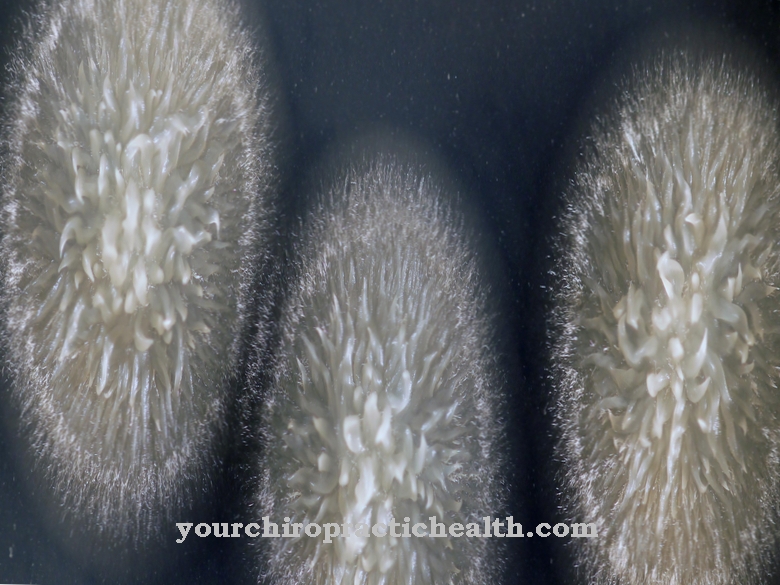
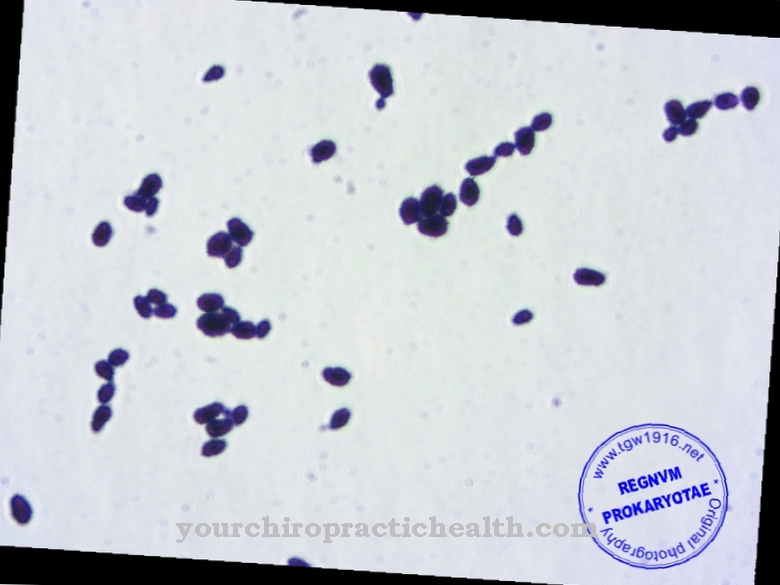
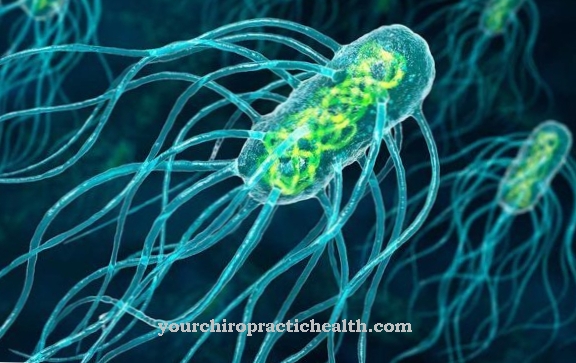
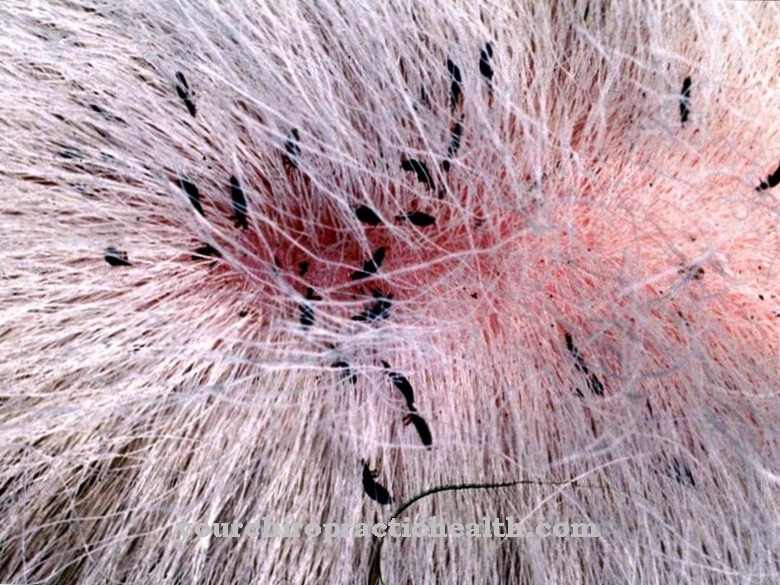
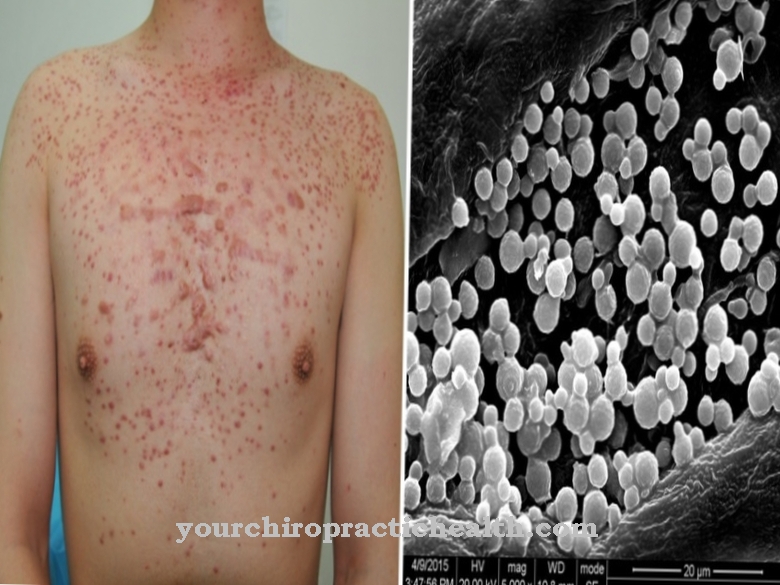


















.jpg)


